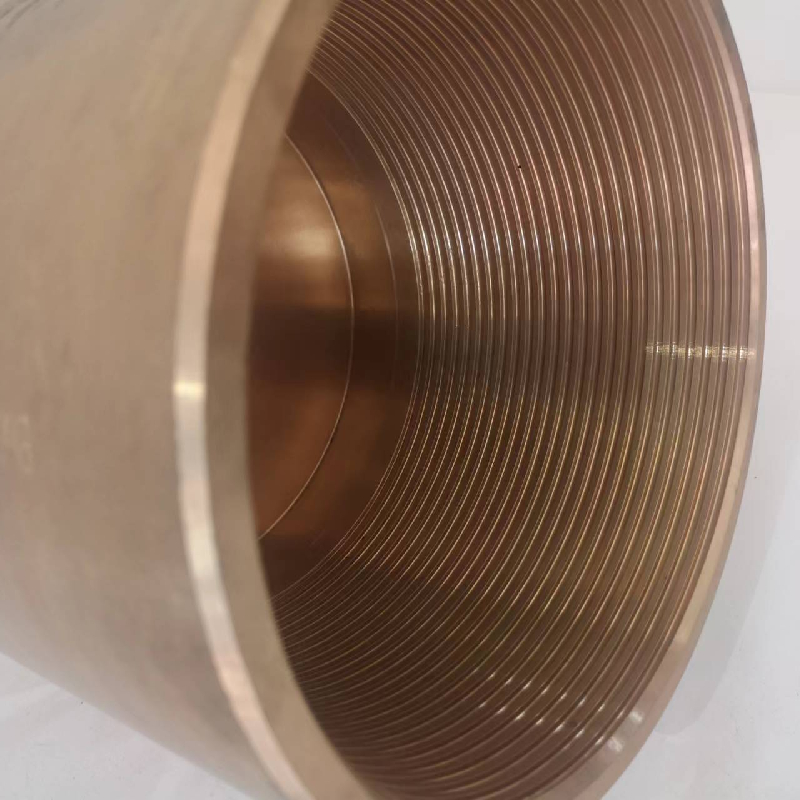- Afrikaans
- Albanian
- Amharic
- Arabic
- Armenian
- Azerbaijani
- Basque
- Belarusian
- Bengali
- Bosnian
- Bulgarian
- Catalan
- Cebuano
- Corsican
- Croatian
- Czech
- Danish
- Dutch
- English
- Esperanto
- Estonian
- Finnish
- French
- Frisian
- Galician
- Georgian
- German
- Greek
- Gujarati
- Haitian Creole
- hausa
- hawaiian
- Hebrew
- Hindi
- Miao
- Hungarian
- Icelandic
- igbo
- Indonesian
- irish
- Italian
- Japanese
- Javanese
- Kannada
- kazakh
- Khmer
- Rwandese
- Korean
- Kurdish
- Kyrgyz
- Lao
- Latin
- Latvian
- Lithuanian
- Luxembourgish
- Macedonian
- Malgashi
- Malay
- Malayalam
- Maltese
- Maori
- Marathi
- Mongolian
- Myanmar
- Nepali
- Norwegian
- Norwegian
- Occitan
- Pashto
- Persian
- Polish
- Portuguese
- Punjabi
- Romanian
- Russian
- Samoan
- Scottish Gaelic
- Serbian
- Sesotho
- Shona
- Sindhi
- Sinhala
- Slovak
- Slovenian
- Somali
- Spanish
- Sundanese
- Swahili
- Swedish
- Tagalog
- Tajik
- Tamil
- Tatar
- Telugu
- Thai
- Turkish
- Turkmen
- Ukrainian
- Urdu
- Uighur
- Uzbek
- Vietnamese
- Welsh
- Bantu
- Yiddish
- Yoruba
- Zulu
Casing Coupling Specifications and Measurements for Optimal Performance and Compatibility
Understanding Casing Coupling Dimensions in Oil and Gas Industry
In the oil and gas industry, ensuring the integrity and performance of the drilling process is critical. One of the key components that contribute to this integrity is the casing and its couplings. Casing serves as a protective lining for the drilled well, preventing the collapse of the borehole and protecting groundwater from contamination. Couplings are vital in connecting individual casing sections. Understanding casing coupling dimensions is crucial for engineers and operators involved in drilling operations.
Casing Basics
Casing is typically made of steel and is used to line the walls of a drilled well. It comes in various sizes and grades, tailored to meet specific technical and environmental needs. The casing must withstand significant pressure, temperature, and other conditions during drilling and production processes.
The dimensions of casing and couplings are standardized to ensure interoperability and reliability. The diameter and wall thickness of the casing vary widely. For instance, common sizes range from 4.5 inches up to 20 inches, and wall thickness can vary according to the casing type and the required pressure rating. The casing specification is usually denoted by its outside diameter (OD) and weight per unit length (known as pounds per foot or pp).
Couplings The Connecting Link
Couplings are short lengths of pipe designed to join two lengths of casing. They come in various dimensions to match the casing sizes they connect. The primary function of a coupling is to compose a continuous and structurally sound casing string that can withstand tension, compression, and lateral forces during drilling.
The dimensions of couplings must align with the casing they connect. Thus, the key measurements include the outside diameter (OD), the inside diameter (ID), and the length of the coupling itself. Couplings can be classified into two main categories butt weld and threaded types.
casing coupling dimensions

1. Butt Weld Couplings - These are used when joining larger diameter casing sections. As the name implies, they are welded to the ends of the casings and create a permanent joint. The dimensions of butt weld couplings must correspond closely to those of the casing sections they connect to ensure strength and integrity.
2. Threaded Couplings - These are designed for ease of installation and are commonly used in smaller diameter casings. Threaded couplings come with specific threading dimensions, ensuring a secure and robust connection. The accuracy of these dimensions is critical, as improper threading can lead to leaks or failures under pressure.
Importance of Proper Dimensioning
Selecting the correct casing coupling dimensions is vital for several reasons. First, it ensures the structural integrity of the casing system, minimizing the risk of collapse during drilling operations. Second, properly dimensioned couplings reduce the potential for leaks, which could cause environmental hazards. Third, accurate dimensions help in optimizing drilling efficiency, thus reducing costs and time.
The adherence to industry specifications and standards, such as those set by the American Petroleum Institute (API), guarantees that casing and coupling dimensions meet the necessary safety and performance requirements.
Conclusion
Casing and coupling dimensions are crucial components in the oil and gas drilling industry. Their significance cannot be overstated; correct dimensions promote the operational efficiency and safety of drilling activities. Understanding these specifications empowers operators and engineers to make informed decisions as they navigate the complexities of well construction. As technology advances, precise dimensioning and standardization will continue to be essential pillars in the pursuit of efficient and sustainable oil and gas extraction.
-
Tubing Pup Joints: Essential Components for Oil and Gas OperationsNewsJul.10,2025
-
Pup Joints: Essential Components for Reliable Drilling OperationsNewsJul.10,2025
-
Pipe Couplings: Connecting Your World EfficientlyNewsJul.10,2025
-
Mastering Oilfield Operations with Quality Tubing and CasingNewsJul.10,2025
-
High-Quality Casing Couplings for Every NeedNewsJul.10,2025
-
Boost Your Drilling Efficiency with Premium Crossover Tools & Seating NipplesNewsJul.10,2025







